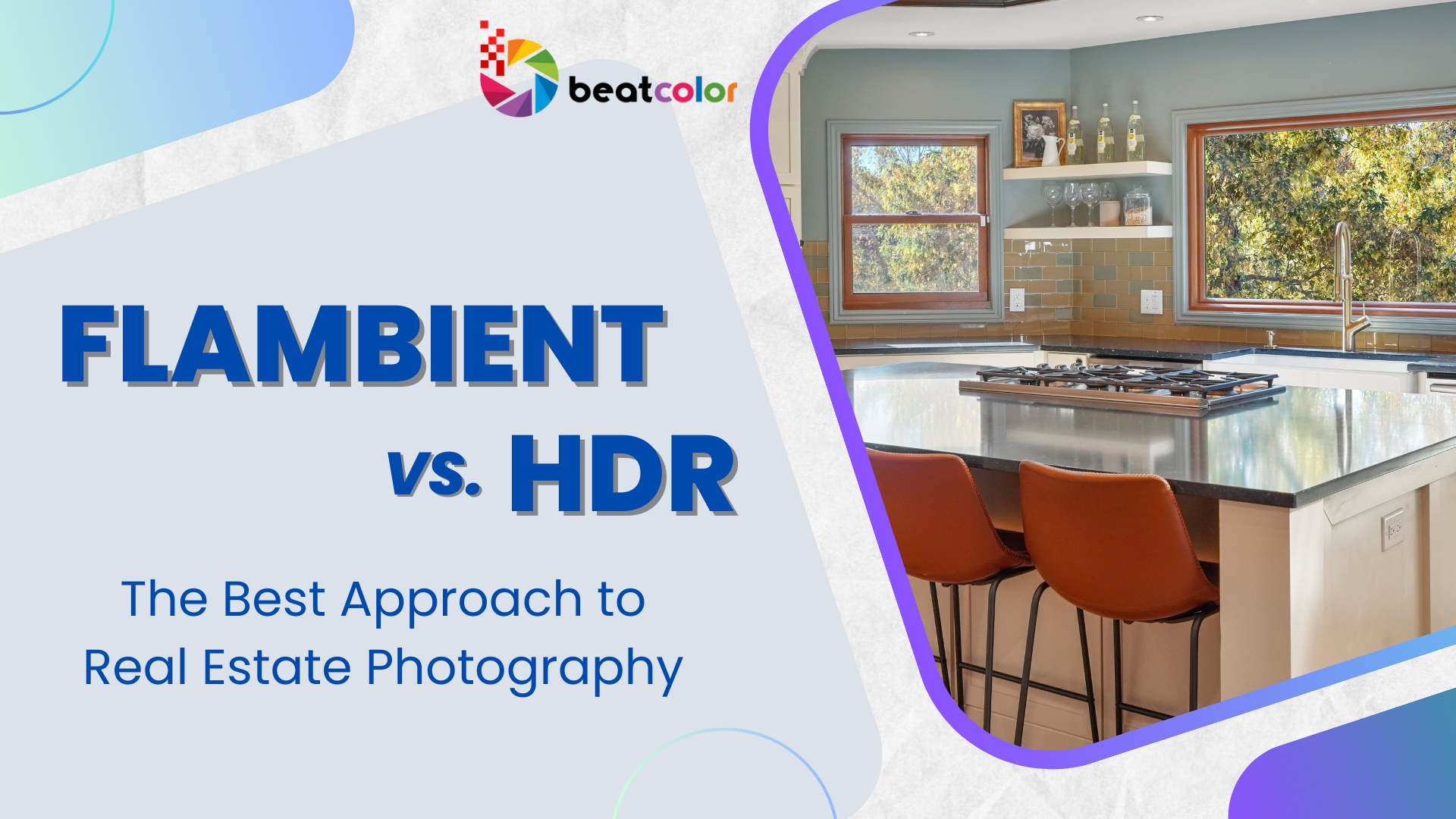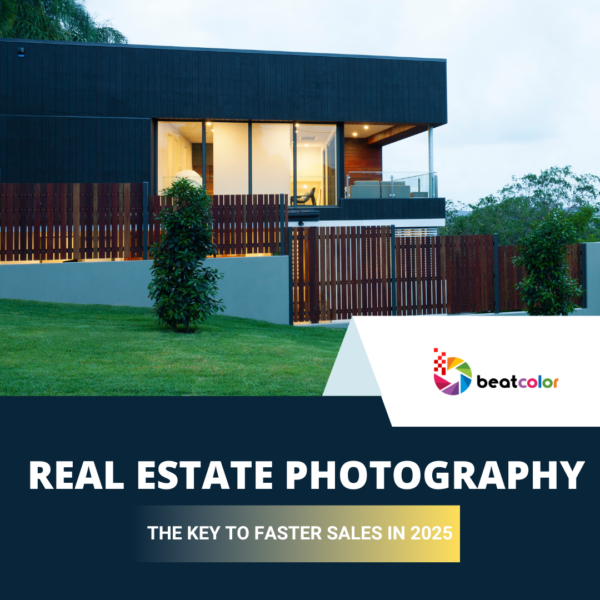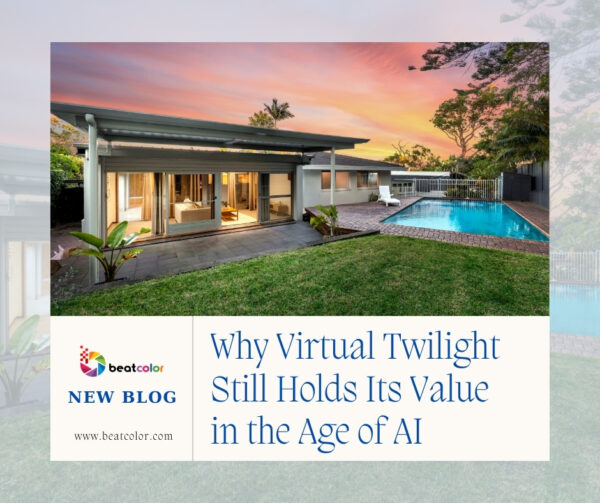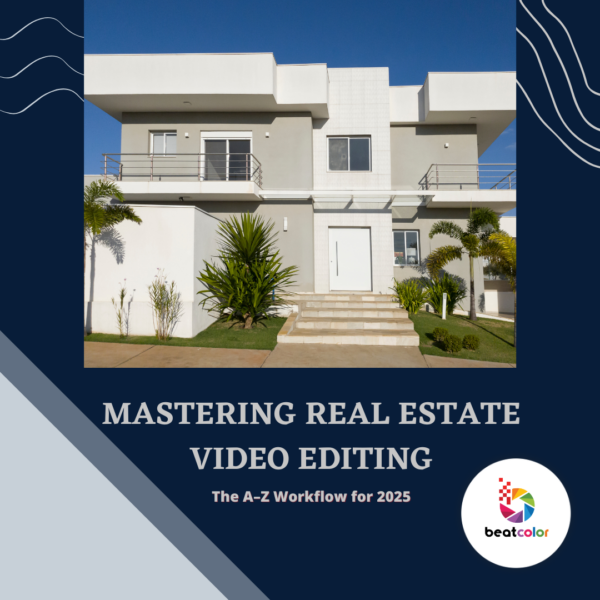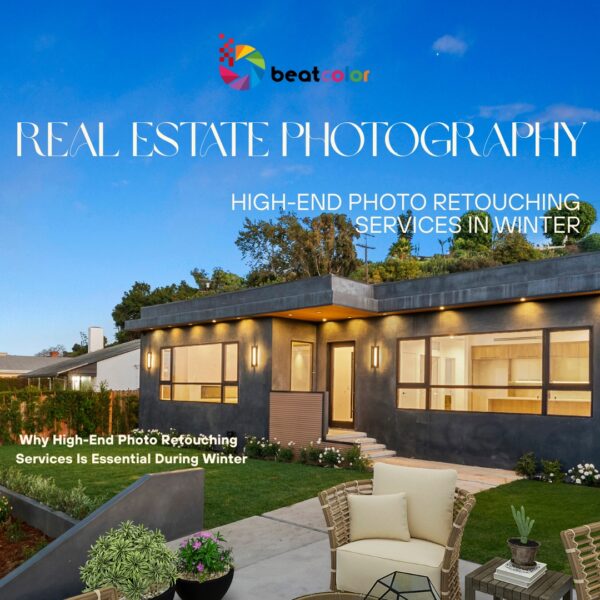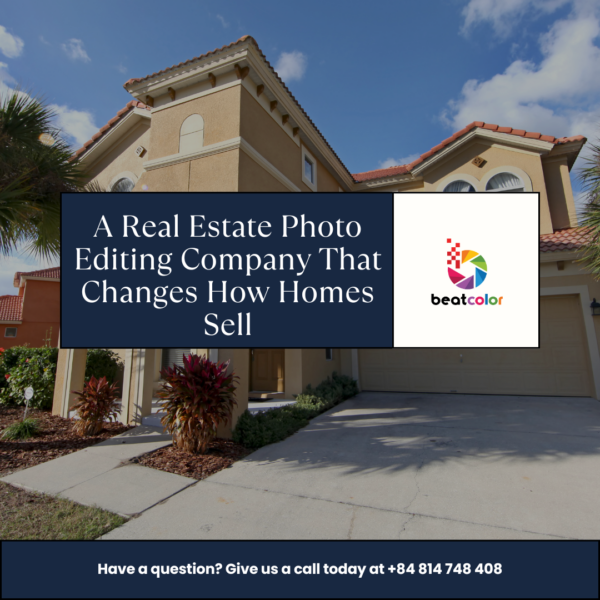Flambient vs. HDR: The Best Approach to Real Estate Photography
In the field of real estate photography, presenting properties in their best light is essential. Two popular techniques—Flambient photography and HDR photography—offer distinct methods to achieve professional results.
This guide explores these techniques, their benefits, and how to choose the right one for your needs.
I. What Is Flambient Photography?
Flambient photography blends flash and ambient light to create balanced, visually stunning real estate photos. It involves capturing multiple exposures: some with natural light and others with a controlled flash. These exposures are later combined during post-processing to achieve a harmonious look.

1. Advantages
a. Accurate Colors
One of Flambient photography’s standout benefits is its ability to render accurate colors. By using a flash, it compensates for the color casts caused by artificial or natural light, ensuring that whites look white and all other hues retain their natural tones. This fidelity enhances the property’s appeal, giving potential buyers a realistic preview.
b. Detailed Composition
The inclusion of flash light eliminates harsh shadows while emphasizing fine details, such as textures in furniture, flooring, or decorative elements. This detailed composition highlights the craftsmanship of a property, making it more enticing to high-end buyers who value quality.
c. Professional Appeal
Flambient photography delivers results that exude professionalism. Its vibrant yet natural finish elevates the perceived quality of the listing, positioning the photographer as a premium service provider. This approach is especially effective for luxury properties where every detail counts in impressing potential clients and agents.
2. Disadvantages:
a. Time-Consuming
Despite its exceptional results, Flambient photography requires meticulous planning. Setting up flash equipment, adjusting for proper balance, and merging exposures during post-production can be time-intensive. For photographers working under tight schedules, this extra effort may be a challenge.
b. Higher Costs
The technique often demands specialized equipment, such as advanced flashes and editing tools, along with skilled expertise. These requirements contribute to higher costs, which might deter budget-conscious clients or photographers just starting in the industry. However, the investment can pay off for those targeting premium markets.
II. What Is HDR Photography?
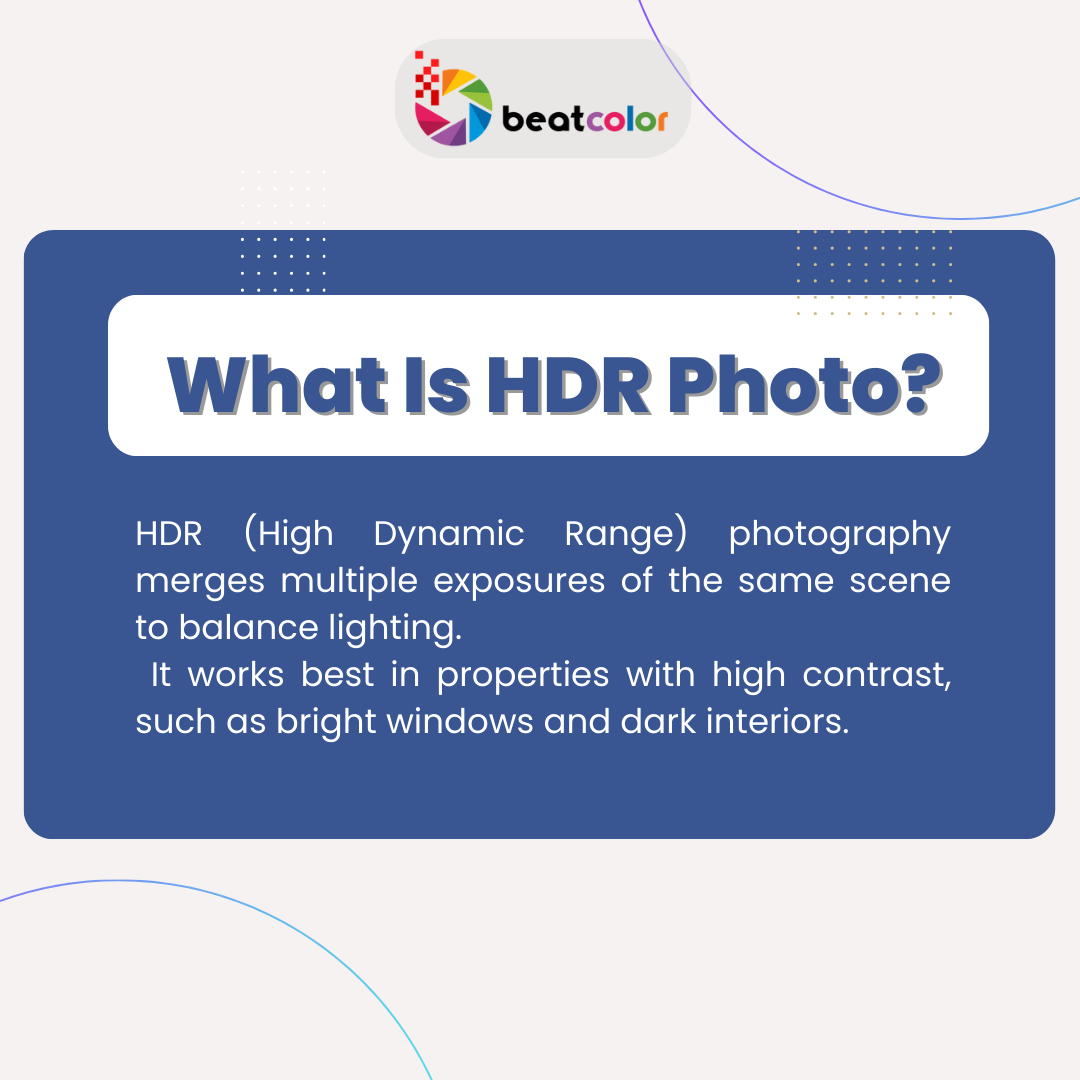
HDR (High Dynamic Range) photography merges multiple exposures of the same scene to balance lighting. It works best in properties with high contrast, such as bright windows and dark interiors.
1. Advantages
a. Enhanced Lighting Balance
HDR excels at managing extreme contrasts in light. It ensures that bright areas like windows aren’t overexposed and that darker areas retain detail, resulting in a natural-looking image. This makes HDR particularly effective for properties with large windows or varying interior light sources.
b. Affordable and Accessible
Unlike Flambient, HDR doesn’t require expensive flash equipment. Photographers only need a good camera, a sturdy tripod, and software for blending exposures. This affordability makes it a popular choice for beginner real estate photographers or those working on a budget.
c. Faster Workflow
HDR involves minimal setup compared to Flambient. With the right settings and a steady tripod, capturing multiple exposures is quick, and post-processing software automates much of the blending process.
2. Disadvantages
a. Artificial Appearance
Improperly processed HDR photos can appear overly saturated or unnatural, detracting from the property’s appeal. Achieving a balanced look requires skill and experience in editing.
b. Limited Detail Enhancement
HDR relies solely on ambient light, which may not emphasize intricate textures and architectural features as effectively as Flambient photography.
III. Flambient vs. HDR: Which Is Better?
When comparing Flambient and HDR photography, the best choice depends on the property, client needs, and project constraints.
1. Flambient Photography:
- Color Accuracy: Flash ensures true-to-life tones.
- Luxury Listings: Ideal for high-end properties with intricate details.
- Professional Appeal: Offers superior results for clients seeking premium quality.
2. HDR Photography:
- Faster Workflow: Best for tight deadlines.
- Affordable: Perfect for budget-conscious clients.
- Lighting Versatility: Handles properties with uneven light effectively.
IV. How to Choose the Right Technique
1. Property Type
For high-end homes with intricate details, opt for Flambient to highlight luxury features. HDR works better for smaller or mid-range properties where quick turnaround and affordability are priorities.
2. Client Expectations
Luxury clients often demand top-notch quality, favoring Flambient. Budget-conscious real estate agents may lean toward HDR due to its cost-effectiveness.
3. Lighting Conditions
Properties with uneven lighting or excessive window glare may benefit more from HDR. For dimly lit interiors or spaces where accurate color is vital, Flambient is the better choice.
4. Time Constraints
If time is limited, HDR provides a quicker workflow. However, if quality is non-negotiable and time allows, Flambient offers a superior finish.
By understanding the nuances of Flambient and HDR photography, real estate photographers can select the best technique for each project, ensuring stunning results that meet client needs.
V. Pro Tips for Effective Photography
1. Experiment with Techniques: Blend HDR and Flambient for a hybrid approach in challenging scenarios.
2. Use High-Quality Equipment: Invest in reliable cameras, lenses, and editing software.
3. Practice Post-Processing: Refining your editing skills ensures realistic and appealing results.
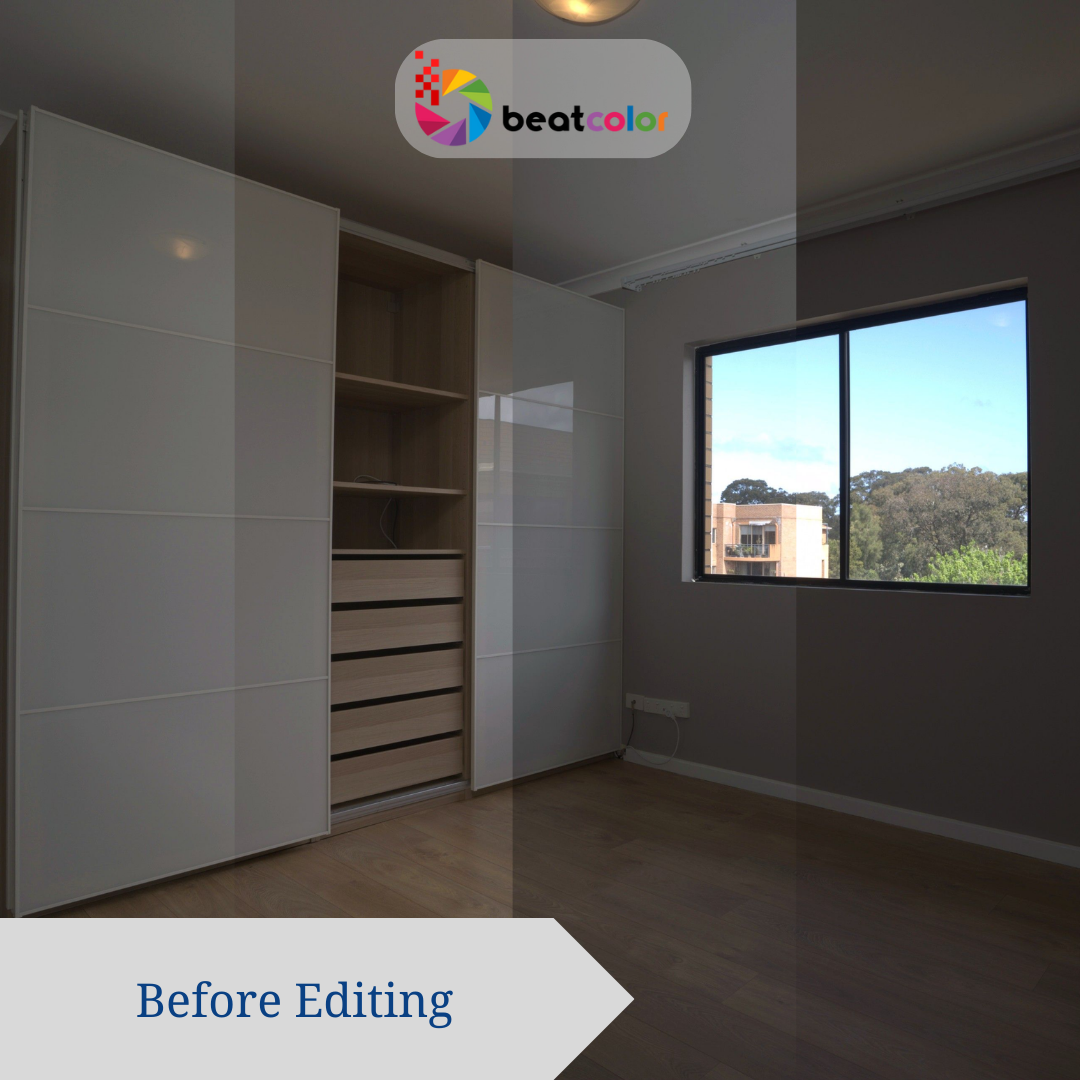
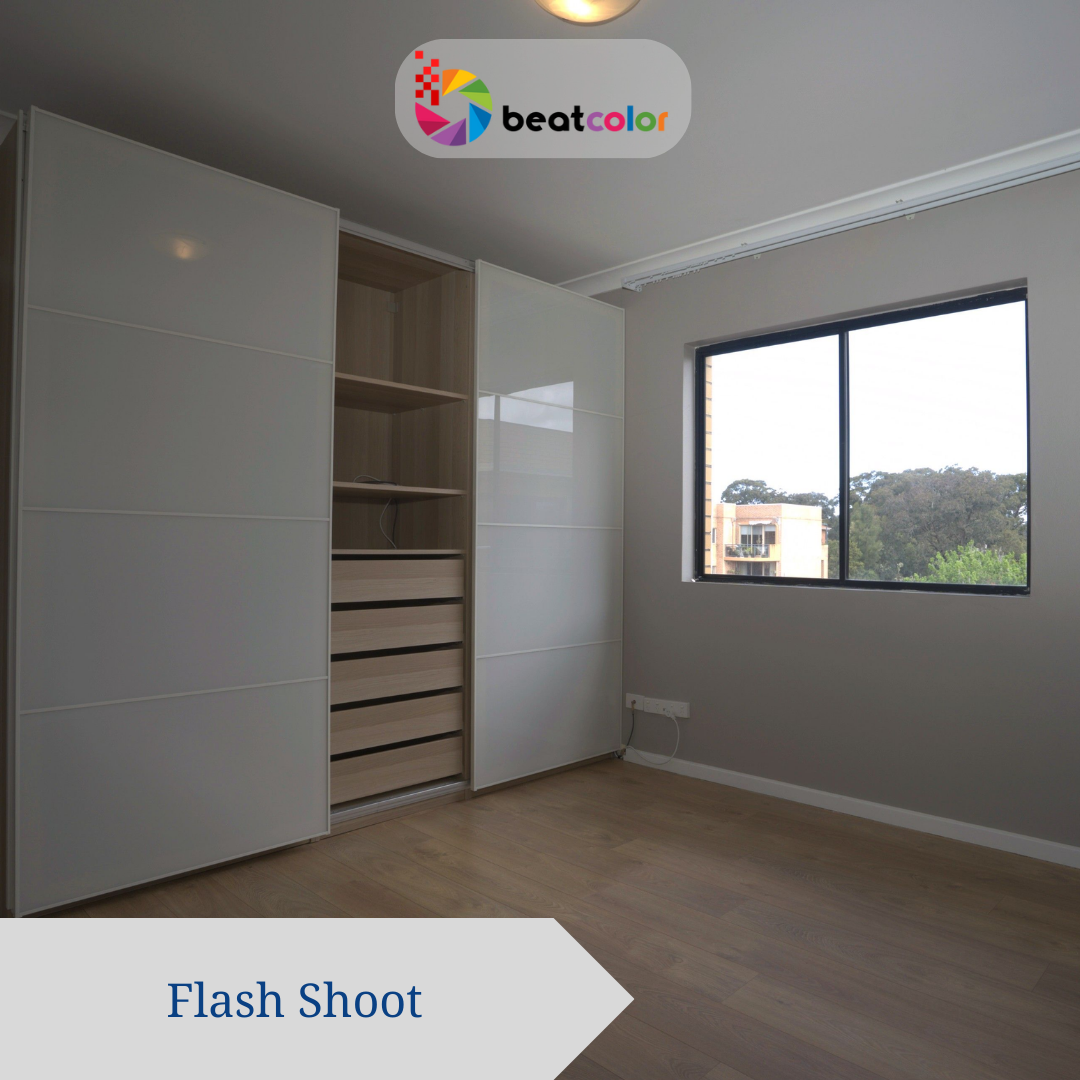
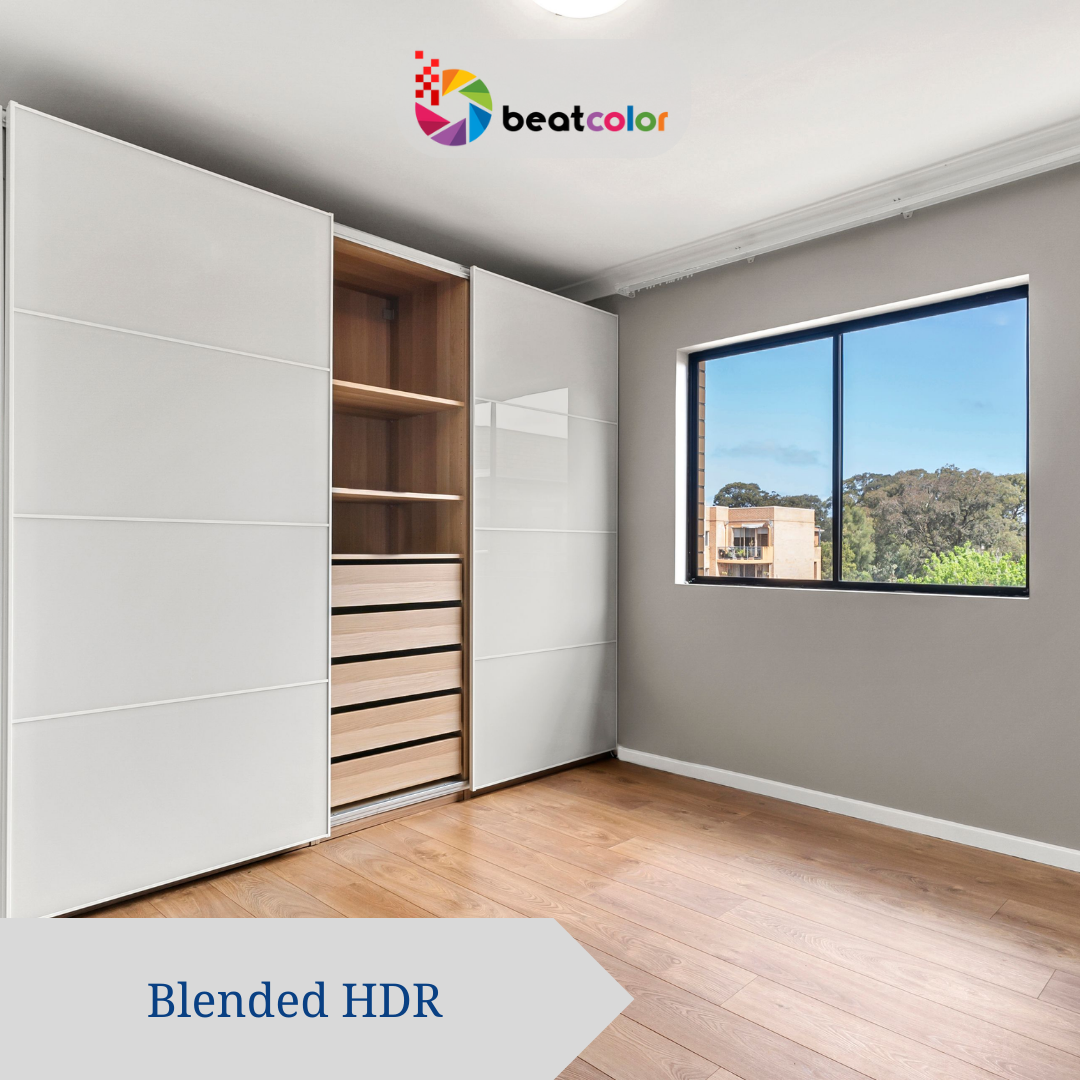
Final thoughts
Whether you choose Flambient photography or HDR photography, both techniques offer unique advantages for real estate photography. Flambient provides unparalleled detail and color accuracy, perfect for high-end properties. HDR, on the other hand, is accessible, cost-effective, and efficient. By understanding the strengths of each method, you can cater to diverse client needs and create stunning visuals that capture buyers’ attention.
Read more:
Mastering Flambient Real Estate Photography in 2024: How to Start?
Expand Market Share with Pro-Grade Interior Photo Editing Services
Optimal Times for Exterior Real Estate Photography Success


